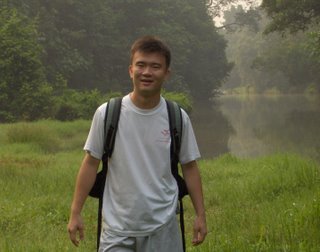The Species of the Order Anura in Singapore
The pride of Singapore’s infrastructure and the status of a leading economical hub in Aisa came at the expense of its biodiversity. Singapore is located in Southeast Asia, where 4 out of 25 biodiversity hotspot lies. Deforestation rates are the highest in this region and Singapore provides the worst case scenario. The rich flora and fauna that once colonized this tropical island declined dramatically after 95% of the forest covers was sacrificed for urbanization and industrialization. Today, Singapore is left with two small fragments of primary forest in Bukit Timah Nature Reserve and in the Central Catchment Area (71ha and 50ha respectively). The use of anurans as an indicator species to study the health of the remaining forest fragments demonstrated the effects fragmentation has brought to biodiversity. A total of 20 species of anurans have been found in the 12 forested fragments I surveyed. This is a far cry from that of our ASEAN neighbors. I conclude the only way to preserve the remaining species of frogs (as well as that of other animals and plants), these remaining forest fragments must be conserved; and we all have a part to play.
Here, I made a record on the species still surviving in the remaining forest fragments in this tropical island. I attempted to describe the morphological differences between the species so as to allow easier identification for the readers and further researchers. In addition, a few behavioral characteristics on each of them were also documented.

Ng Tze How
National University of Singapore
Department of Biological Sciences
Conservation Ecology Lab
Acknowledgement:
Special thanks to
A/Prof Sodhi, Navjot S and Dr. Bickford, David Patrick for their supervision and mentoring
Arvin C.Diesmos; Mary Rose C. Posa; Janice Lee Ser Huai; Qie Lan; Enoka Kudavidanage for their assistance on the field
Pou Limin and Tan Huiming for their lending hand in setting up this blog
and all who have make this possible.


